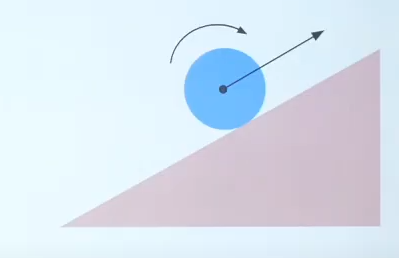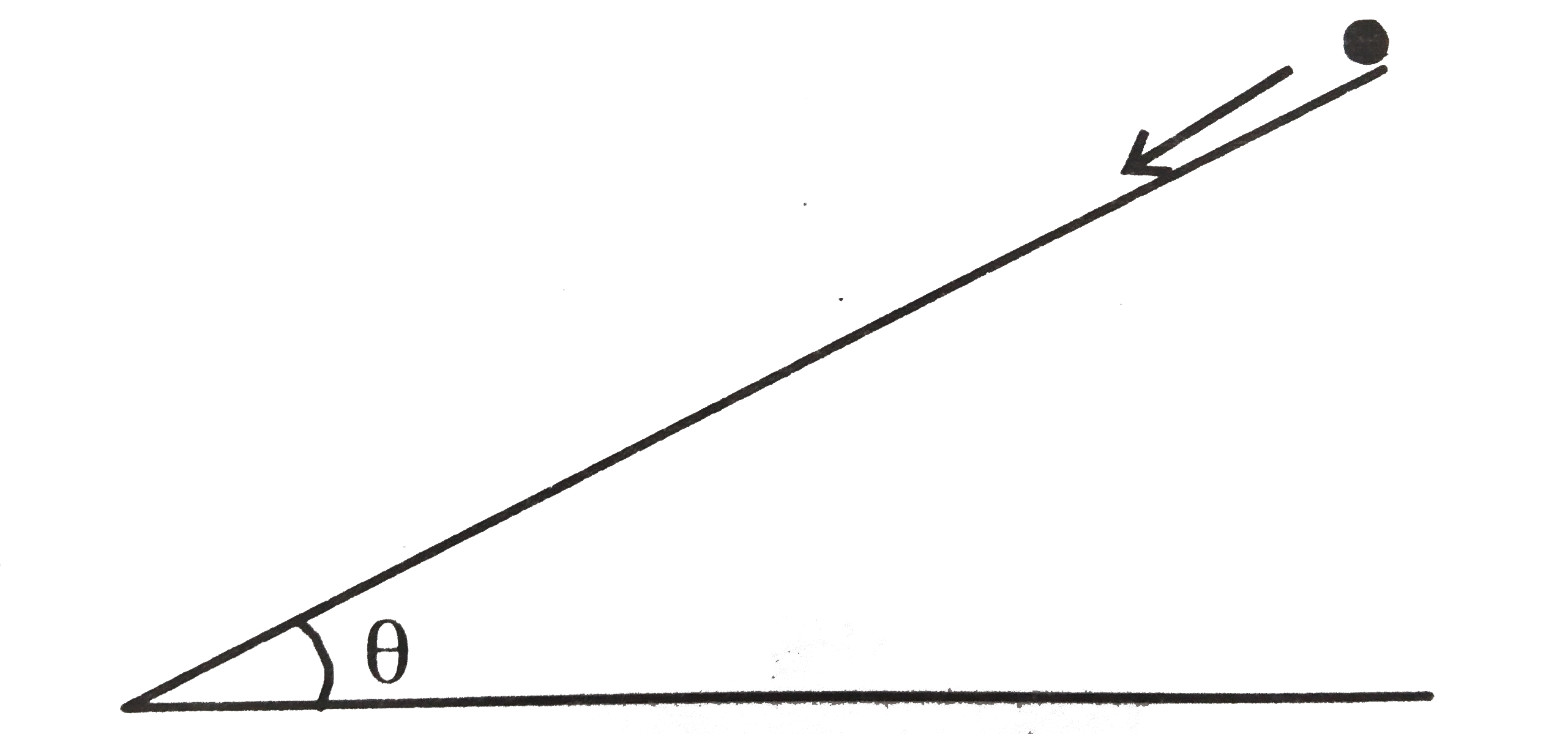A ball rolls down an inclined trck 2 m long in 4s. Find time taken to cover the second metre of the track.
To solve the problem of finding the time taken to cover the second meter of an inclined track, we can follow these steps:
Step 1: Understand the Given Information
We know that a ball rolls down a 2-meter-long inclined track in a total time of 4 seconds. We need to find the time taken to cover the second meter of the track.
Step 2: Use the Equations of Motion
We can use the equation of motion:
S=Ut+12at2
Where:
- S is the distance traveled (2 meters for the entire track),
- U is the initial velocity (0 m/s since it starts from rest),
- a is the acceleration,
- t is the total time (4 seconds).
Step 3: Substitute Values into the Equation
Since the initial velocity U=0, the equation simplifies to:
S=12at2
Substituting the values:
2=12a(42)
2=12a(16)
2=8a
Step 4: Solve for Acceleration a
Now, we can solve for a:
a=28=0.25m/s2
Step 5: Find Time to Cover the First Meter
Next, we need to find the time taken to cover the first meter. We will use the same equation of motion for the first meter:
S1=Ut+12at21
Where S1=1m and U=0:
1=12(0.25)t21
1=0.125t21
t21=10.125=8
t1=√8=2√2seconds
Step 6: Calculate Time for the Second Meter
Now, we can find the time taken to cover the second meter:
t2=Total time−t1
t2=4−2√2
Step 7: Final Expression
Thus, the time taken to cover the second meter of the track is:
t2=4−2√2seconds
We know that a ball rolls down a 2-meter-long inclined track in a total time of 4 seconds. We need to find the time taken to cover the second meter of the track.
We can use the equation of motion:
S=Ut+12at2
Where:
- S is the distance traveled (2 meters for the entire track),
- U is the initial velocity (0 m/s since it starts from rest),
- a is the acceleration,
- t is the total time (4 seconds).
Since the initial velocity U=0, the equation simplifies to:
S=12at2
Substituting the values:
2=12a(42)
2=12a(16)
2=8a
Now, we can solve for a:
a=28=0.25m/s2
Next, we need to find the time taken to cover the first meter. We will use the same equation of motion for the first meter:
S1=Ut+12at21
Where S1=1m and U=0:
1=12(0.25)t21
1=0.125t21
t21=10.125=8
t1=√8=2√2seconds
Now, we can find the time taken to cover the second meter:
t2=Total time−t1
t2=4−2√2
Thus, the time taken to cover the second meter of the track is:
t2=4−2√2seconds
Topper's Solved these Questions
Similar Questions
Knowledge Check
A ball rolls down an inclined plane and acquires a velocity vr when it reaches the bottom of the plane. If the same ball slides without friction and acquires rolling from the same height down an equally inclined smooth plane and acquires a velocity vs (then which of the following statements are not correct?
Avr<vs because a work is done by the rolling ball against the frictional force.Bvr>vs, because the angular velocity acquired makes the rolling ball to travel fasterCvr=vs because kinetic energy of the two balls is same at the bottom of the planes.Dvr>vs because the rolling ball acquires rotational as well as translational kinetic energy.A sphere and circular disc of same mass and radius are allowed to roll down an inclined plane from the same height without slipping. Find the ratio of times taken by these two to come to the bottom of incline :
A√14:√15B15:14C√2:1D7:9A sphere of radius 1cm moving with 1 m/s starts going up the plane performing pure rolling on an inclined plane of inclination 30 degrees. Find total time taken by it to go up and come down the plane
 A725 secB1425 secC2125 secD1 sec
A725 secB1425 secC2125 secD1 sec
A ball rolls down an inclined trck 2 m long in 4s. Find speed of the ball at the bottom of the track.
View SolutionA block is gently placed at the top of an inclined plane 6.4 m long . Find the time taken by the block to slide down to the bottom of the plane . The plane makes an angle30∘ with the horizontal Coefficient of friction between the block and the plane is 0.2 Take g=10m/s2 .
View SolutionA solid sphere of mass m rolls down an inclined plane a height h. Find rotational kinetic energy of the sphere.
View SolutionA ball rolls down an inclined plane from a height and then goes round a vertical circle of radius 1m. What should be the height of the inclined plane so that the ball is able to go round the circle without leaving the track?
View SolutionA ball is released from rest and rolls down an inclined plane, as shown in the following figure, requiring 4s to cover a distance of 100 cm along the plane:

Which one of the following is the correct value of angle θ that the plane makes with the horizontal? (g = 1000 cm/s2)
View Solution

